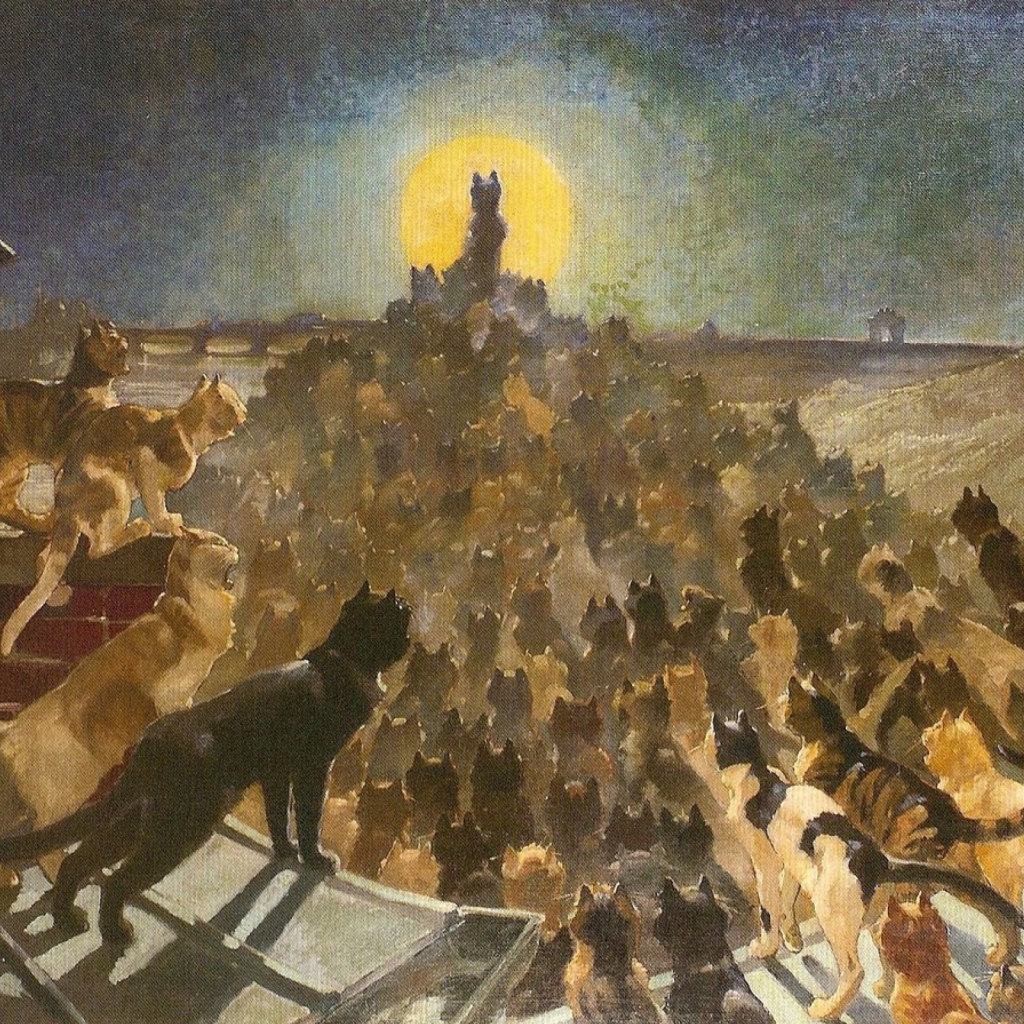When a divorce takes place, something else almost always happens before: whatever had once been earnestly, easily embraced as good and beautiful comes to be experienced as definitely not good and anything but beautiful.
This happens with a dissolving marriage. And it does with the end of other kinds of unions, including in relation to faith communities.
In a talk earlier this month, Russell M. Nelson, President of the Church of Jesus Christ of Latter-day Saints, outlined some of the humanitarian work the Church had been able to accomplish in a single year with the help of member contributions, including:
- 400,000 food orders given out to hungry individuals
- 300,000 people in 35 countries receiving vision care
- 50,000 people in dozens of countries receiving wheelchairs
- Thousands of mothers in 39 countries receiving newborn care
- Over 100 disaster-relief projects around the world helping victims of hurricanes, fires, floods, earthquakes, and other calamities
Since these efforts began, hundreds of communities in 76 countries have also received clean water, with a total of more than two billion dollars provided in aid to people throughout the world independent of “church affiliation, nationality, race, sexual orientation, gender, or political persuasion.”
To many observers—even those who wouldn’t consider themselves religious—such efforts would be reliable markers of a people and an organization that is “good” (or at a minimum “benign”). But especially over the last decade, more and more have come to see this faith community (along with other religions) in a very different light.
How does something good on its face, come to be experienced as bad?
Maybe, in a way similar to what can happen within a wounded marriage.
Painful times come to all of us. And in both our family relationships and faith journeys, we must decide what to do with them. While the complexity of these individual situations is staggering, and the responses are likewise widely diverse, common threads exist in how individuals choose to respond: Some find ways to work through and metabolize difficulties, while in other cases, the hurt festers. When struggles in family or faith run up against seemingly irresolvable blockages, they can rapidly metastasize—taking over what used to be beautiful, thrilling, and oh-so-good.
How does something good on its face, come to be experienced as bad?
Although many do seek valiantly and courageously to preserve a former goodness and fight for an ongoing love, the momentum can move quickly in the other direction. Whatever possibilities may still remain for reconciliation or growth, many ultimately reach a crucial moment where they conclude something like this: “this is just who this person is…this is how our relationship always will be” or, alternatively, “this is just how the Church is.”
Rather than holding pained feelings and interpretations as tentative and subject to revision and further evolution with new information, a critical shift happens in that moment. Whatever that person might have once believed or felt about that beloved partner or community, a new kind of certitude takes its place—about how something is, has been, and always will be.
When it comes to the Church of Jesus Christ, these conclusions can sound something like this:
- No matter the good the Church might be seeking to do, it’s actually really aimed at expanding its own power and prosperity.
- No matter the truth the Church has sought to teach throughout its history, it’s actually really lying to its members about the full picture.
- No matter what love and redemptive invitations the Church might claim to be offering the people of the earth, it’s really, at its depth, transmitting hatred and inducing shame.
In each case, the evident reality that appears to be good—on the surface—is explained away as actually bad. More than simply pointing out areas of potential growth or dynamics that could be improved in the future, such declarations reflect a condemnation; a certainty; a finality.
No room for redemption. No resolution to be found. Not here.
Of course, we all know of instances where finality is justified—and where something wrong must clearly be called out. Certainly, in instances of abuse or other kinds of mistreatment, finality to a relationship is an important part of finding safety and protection. But most of us have witnessed other examples of harsh judgment seeming to take over otherwise workable challenges, with a contempt stronger than any new insights that might unsettle it.
The power of charged emotions to shape minds and shift hearts is striking. However much we insist on seeing “the truth” of the matter, underlying hostility can generate a dim, dark, and merciless view of those around us—perhaps one reason the Buddha called anger a “poison.”
Indeed, once suspicion, distrust, and resentment come to dominate one’s consciousness, even that which was once consummately precious can become something irritating, burdensome and downright repulsive—to be discarded as soon as possible. Under that potent influence, it becomes very hard to continue loving and trusting what you’ve come to be sure is unloveable and untrustable.
However much we insist on seeing “the truth” of the matter, underlying hostility can generate a dim, dark, and merciless view of those around us.
This is the power of narrative and interpretation. While objective good and evil clearly exist, the stories in our head can (and do) often turn something good into something evil—and vice versa.
We don’t just tell stories – we live them.
Good, therefore, to ask intently: Is this view I’m about to embrace (and allow to guide my future choices) objectively true? For instance, are Latter-day Saints—or other Christians generally—really out to deceive, to spread hate, and to simply consolidate more money, power, or influence?
Or are there other ways to navigate and make sense of legitimate questions or concerns—ways that doesn’t require so much blanket condemnation and aching separation?
In most cases, the answer is yes! And for those who have been living out of a place of deep frustration, there’s also a way for something now experienced as disappointingly bad, to once again come to be experienced as profoundly good.
But, how?
Maybe, once again, in a way similar to a marriage that finds deep healing.
Whatever harsh interpretations a couple has come to labor under, it’s possible to learn to push back against those persuasive perceptions—seeking each other with fresh eyes, and holding out hope for newfound love. Miracles like this happen every day, as relationships move away from the brink—back towards a place of healing, growth, and renewed intimacy.
If this can happen for a wounded couple, surely it can also happen for a wounded faith as well.
While the same kind of courage, faith, humility and grace might be required, the outcome is well worth it: seeing things as they are, rather than as our anger has convinced us they must be; and reconciling with our “first love,” having experienced the sweet joy of restoration and redemption for ourselves.
If only still a future possibility, that might well be just too good to pass up.

















